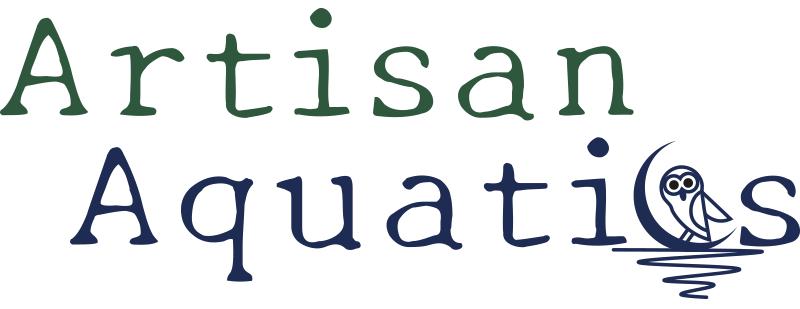SuperSieve Large
£1,000.00
In stock
Compact – Simple – Efficient
The SuperSieve is designed for ponds with a gravity arrangement. The water flows into the SuperSieve via a bottom drain or skimmer. The coarse dirt is first removed from the dirty water by the SuperSieve after which it is pumped further along, for example, to a biological filter. The volume of water supplied is regulated by a float that is connected to a swing-flap. As the water in the SuperSieve rises, the flap is pressed further by the float. This reduces the amount of water entering the sieve. This creates a balance between the inflowing and pumped out water.
The SuperSieve uses special industrial curved screens. A curved screen is made upof knife-sharp triangular rods which are angled in relation to one antoher and incorporate a slit of 300 microns (0,3 mm). the water runs up against the sharp edge of the triangle, thus breaking the surface tension of water. The dirt particles are then pushed away form the screen element and lifted out of the water. Then the dirt slides further down the screen element- as if on a slide- until it is on ‘dry land’. This dirt ultimately collects in the SuperSieve’s dirt gutter. The dirt can now no longer contaminate the water by dissolving it.
- simple operation and insensitive to failure
- removes floating particles/dirt particles down to 300 microns
- removes dirt right out of the water and onto dry land
- several models are available
- high internal overflow
- barely any fluctuations in water level below screen
- high-quality, robust finish
- many intakes (min. 3x 110 mm) and outlets (min. 2x 90 mm)
- easy to install submersible UV
The most important aspect of a gravity-fed sieve model is its internal overflow. The overflow is positioned as low as possible in all Air-Aqua models. The internal overflow, in fact, determines the capacity of the sieve (see text box). This makes the SuperSieve also more flexible in terms of its deployment. For example, in relation to greater distances from the bottom drain to the SuperSieve greater flow is available than with sieves with a lower internal overflow. Furthermore, this significantly reduces the chances of air bubbles in the pump.
The SuperSieve Large has a 3x 110 mm inlet, thus providing the option of connecting 2 bottom drains combined with a skimmer, for example.
The swing-flap completely opens and closes when there is a fairly small change in the water level below the screen. As a result, the SuperSieve maintains a very stable and high water level below the screen. This is important for preventing air bubbles in the pump. The screen is carefully sealed to the housing itself with specially manufactured rubbers so that it is impossible for water (and therefore dirt) to pass by the screen without being filtered. The water is channeled onto the screen via baffles. A guide baffle has also bee installed below the screen designed to calmly channel the water as far as possible away from the 90 mm pump connectors.
The SuperSieve has multiple 90 mm pump connectors, making it possible to connect an additional skimmer pump as well. A 700 microns sieve element and a lid are available as an option for each model.
Internal overflow
The sieve’s internal overflow is the distance from the top of the housing to the point where the water internally overflows onto the screen. The larger this distance, the greater and more flexible its deployment. Because the water flows to the SuperSieve via communicating vessels, the maximum available water pressure available for this purpose is determined by this height. For the Large the height differential is 26 cm, this corresponds to a water pressure of 0.026 bar. This water pressure is required to displace the water from the pond to the sieve. Prior to installation, the SuperSieve must be located 3 cm above the maximum water level and the installation must take the fluctuating water level of the pond into account. Suppose the pond’s water level drops by 5 cm (for example, when the filter is rinsed). In that case only 0.026 of the 0.018bar remains. If a sieve only has a 17 cm height differential, this means that in this scenario only 9 cm or 0.009 bar remains to get the water through a pipe from the pond to the sieve. This often gives rise to critical situations because too little water then reaches the screen. The pump then often takes in air, which causes noise disturbances and cavitation (accelerated wear) of the pump.



Reviews
There are no reviews yet.